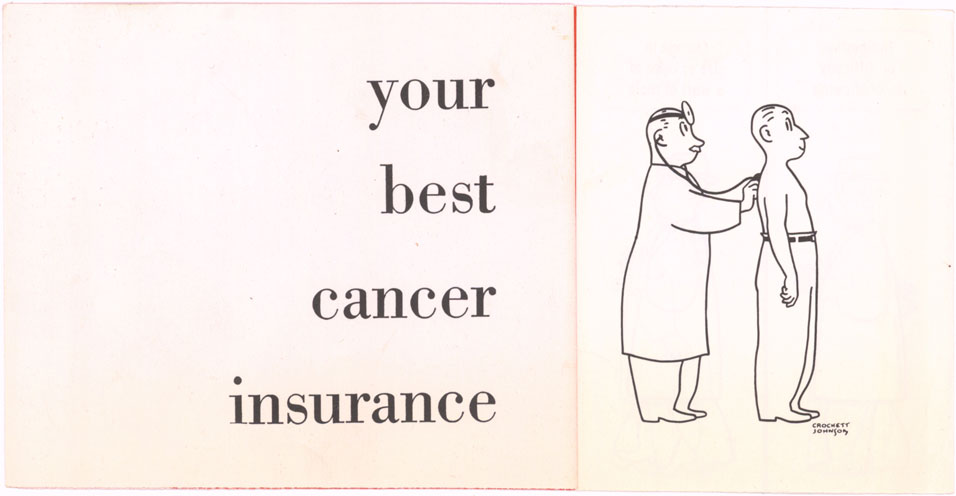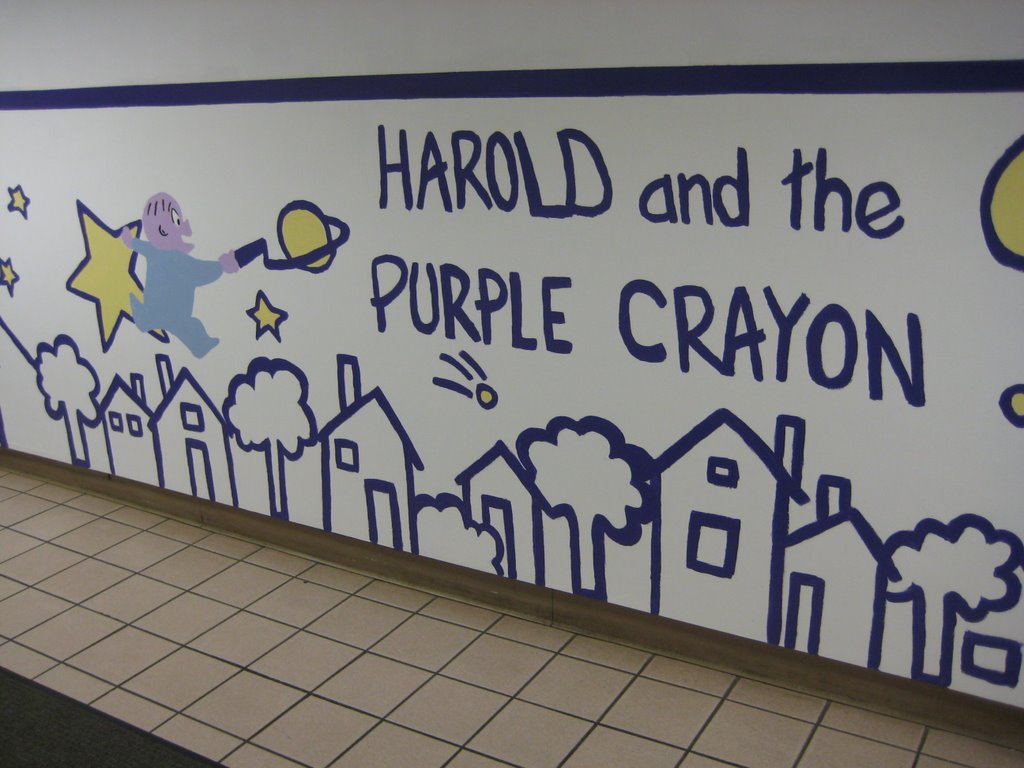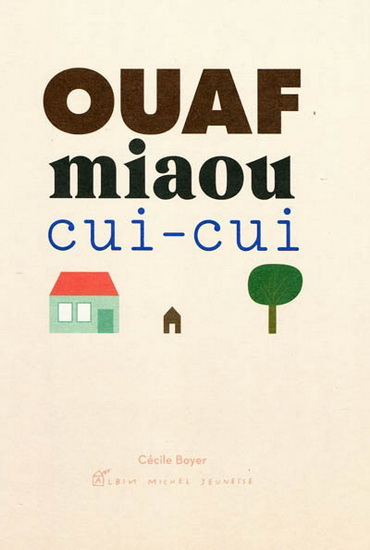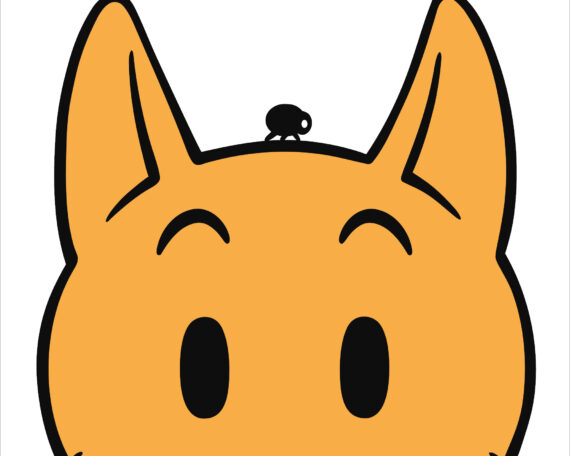10 Great Rock Songs for Kids
OK Go! Â They Might Be Giants! Â Joel Plaskett! Â Elvis Costello! Â R.E.M.! Â Stevie Wonder! Â Lots of musicians have recorded songs for children – either lyrically revised versions of one of their tunes, or entirely new ones. Â Here are 10 great ones. OK Go, “3 Primary Colors Song” “3 Primary Colors Song” is just out from OK




